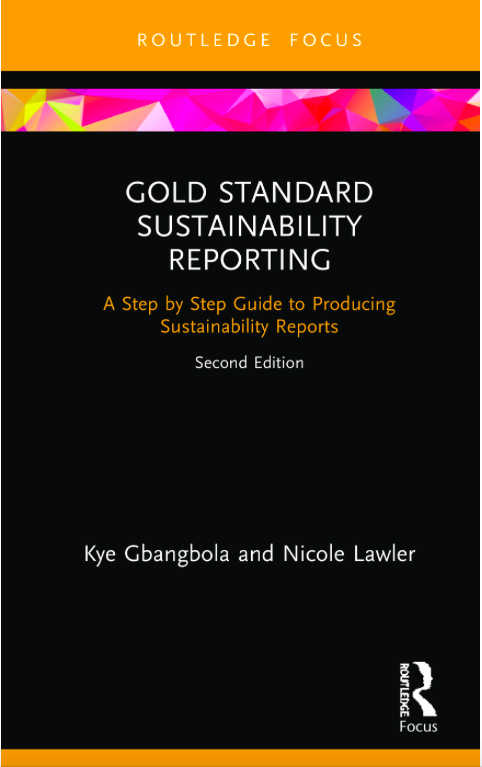Australia's tax, which affects the 500 biggest polluters, accounts for 60% of greenhouse gas emissions and starts July 1. Companies will be charged $25 per ton of carbon produced, rising 2.5% for the next two years.
Many exceptions have been made for industries, such as granting three years of free permits for energy intensive exporters like aluminum and steel, and funds to clean up coal.
It will be followed by a carbon trading program in 2015, where the market will set the price and where polluters can buy carbon offsets from projects overseas, such as the Mexico efficient light bulb project.
The goal is for renewable energy to supply 40% of Australia's energy by 2050, up from 10% last year.
An A$10 billion independent Clean Energy Finance Corporation will run for five years to encourage private investment - half goes to energy efficiency and commercialization of low carbon technologies, and half to renewable energy projects.
An A$3.2 billion Australian Renewable Energy Agency will give grants for research and development for promising clean energy technologies, and to help them reach commercial scale.
Another A$1.2 billion program will give grants that help companies reduce emissions.
Consumer prices are expected to rise 0.7% in the first year - about A$9.90 a week for average households - but that will be offset by government rebates of A$10.10 a week.
Meanwhile in the UK
In her annual speech delivered today at the state opening of Parliament, Queen Elizabeth said, "My government will propose reform of the electricity market to deliver secure, clean and affordable electricity and ensure prices are fair.
" She was referring to the Electricity Market Reform bill, which uses long-term power producer agreements (Feed-In Tariff) to to provide investors with long-term certainty and incentives to invest in low-carbon projects such as offshore wind, nuclear and carbon capture.
With a quarter of the UK's generating capacity shutting down over the next 10 years as old coal and nuclear power stations close, more than £110 billion in investment is needed to build the equivalent of 20 large power stations and upgrade the grid.
Key elements of the reform package include:
- Carbon Price - puts a fair price on carbon, reducing investor uncertainty and incentivizing investments in low-carbon generation
- Feed-in Tariff with Contracts for Difference - a contract for difference approach has been chosen over a less cost-effective premium feed-in tariff;
- Emissions Performance Standard set at 450 grams of carbon per/kWh to reinforce the requirement that no new coal-fired power stations are built without carbon capture and to ensure necessary short-term investment in gas can take place
- Capacity Mechanism - includes demand response and generation, which is needed to ensure future security of electricity supply.
from → Sustainable Business
.















 RSS Feed
RSS Feed
